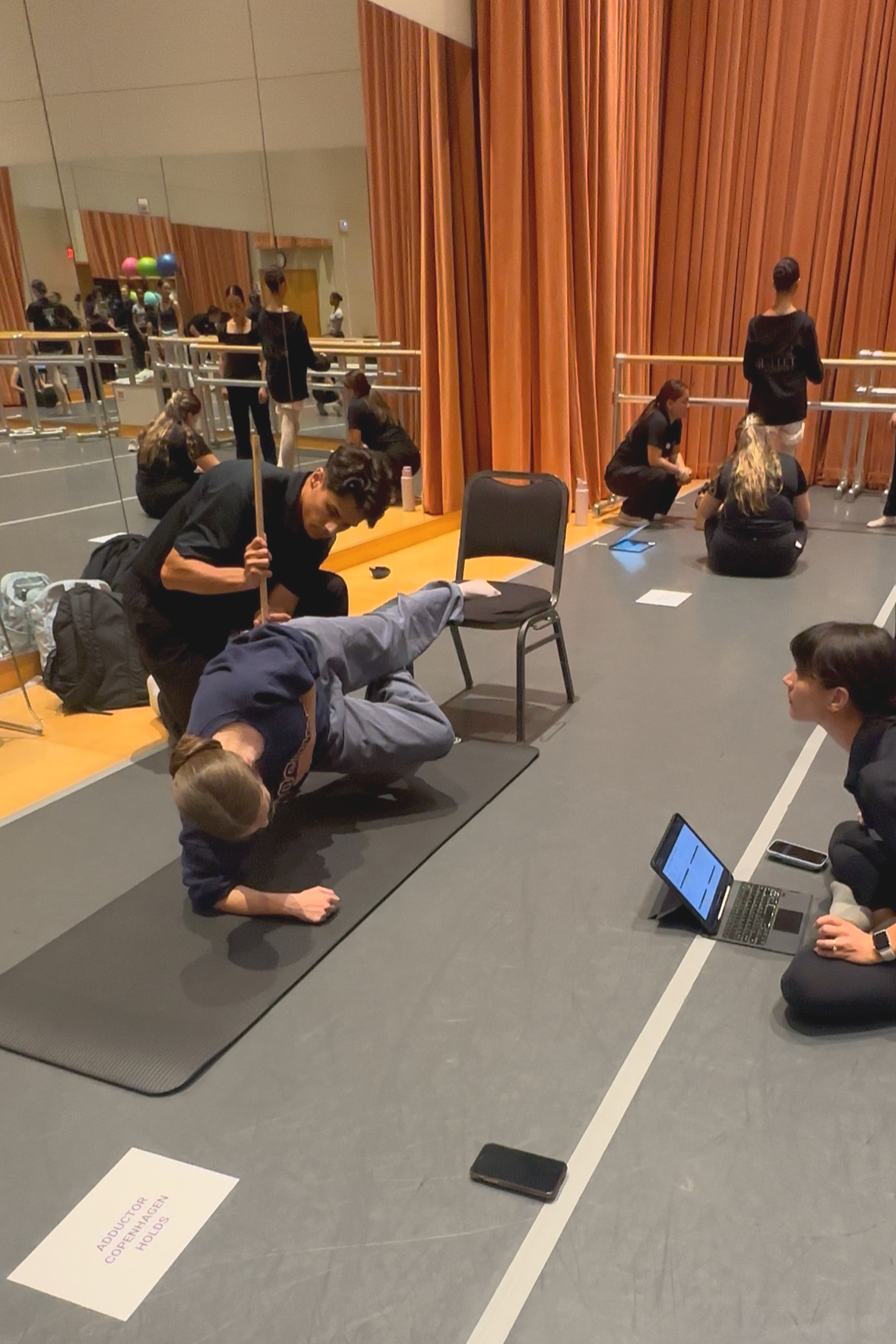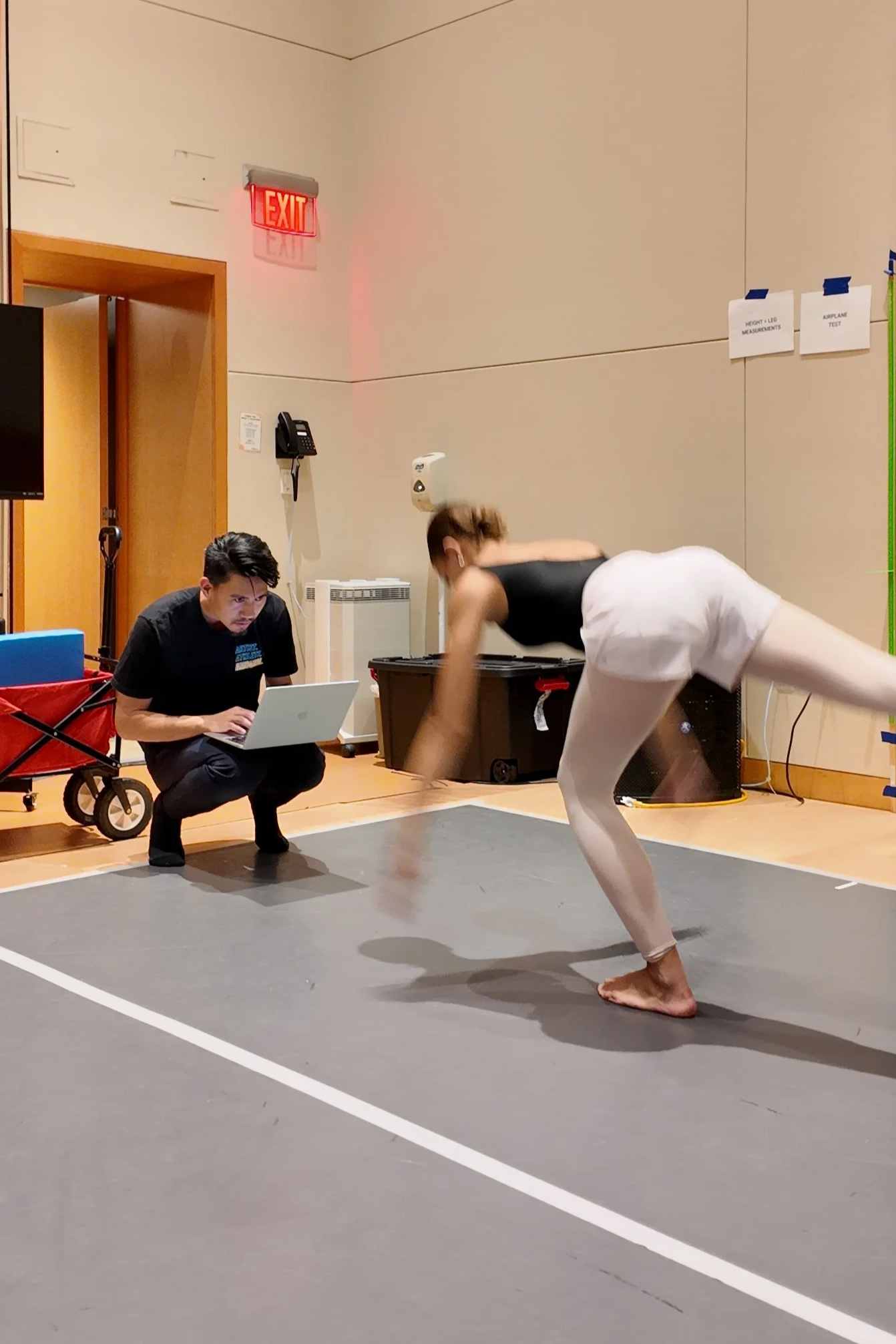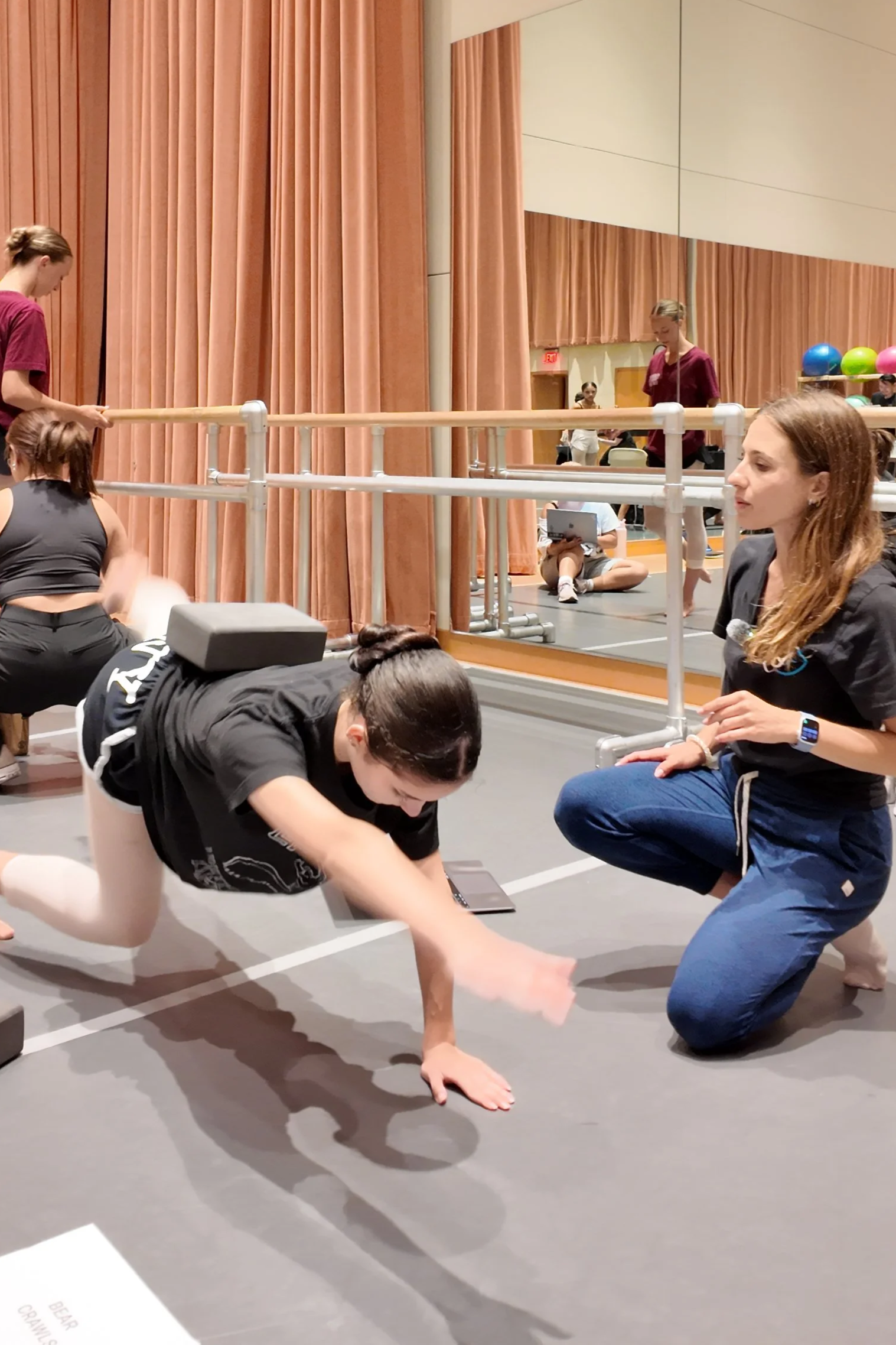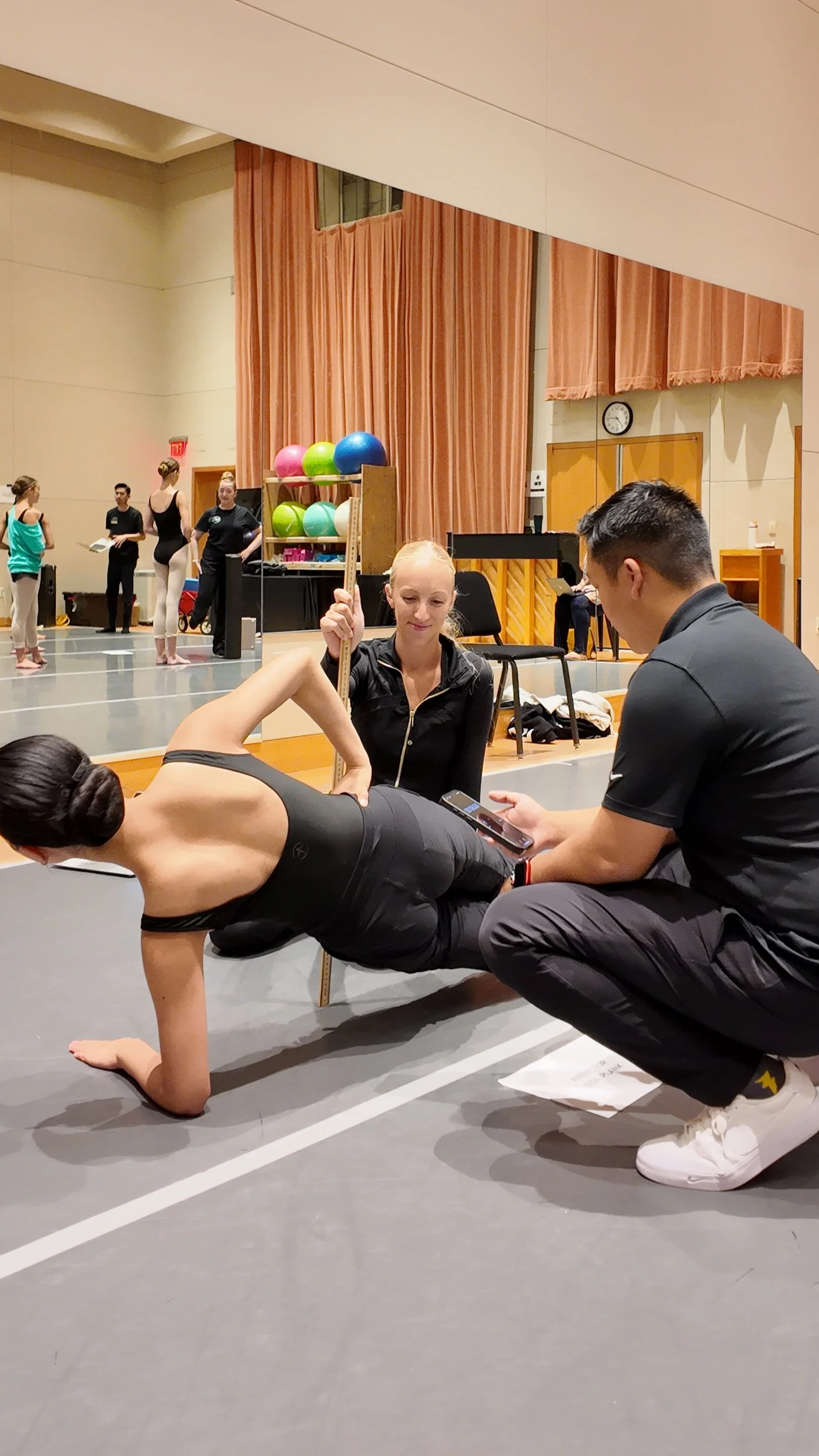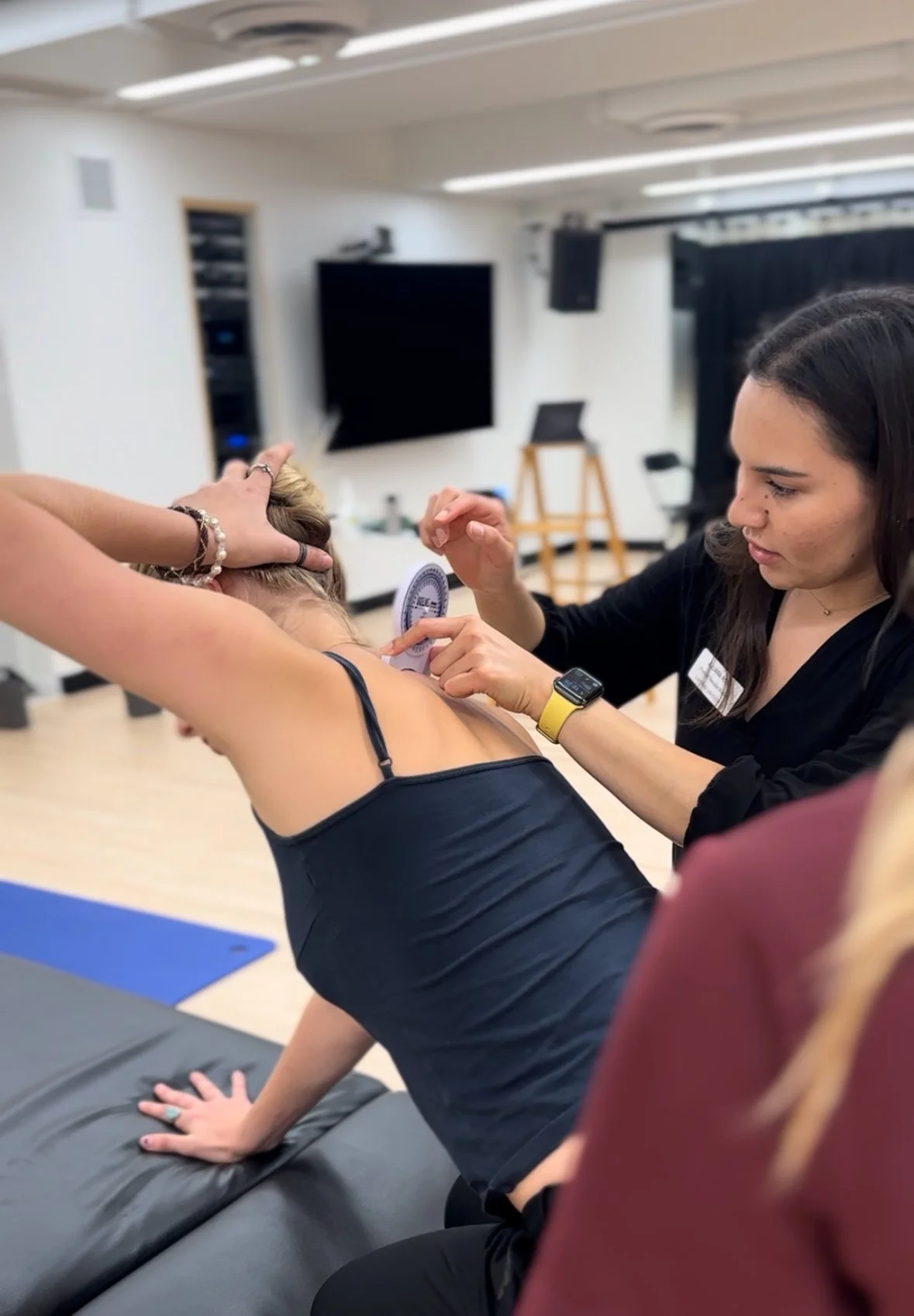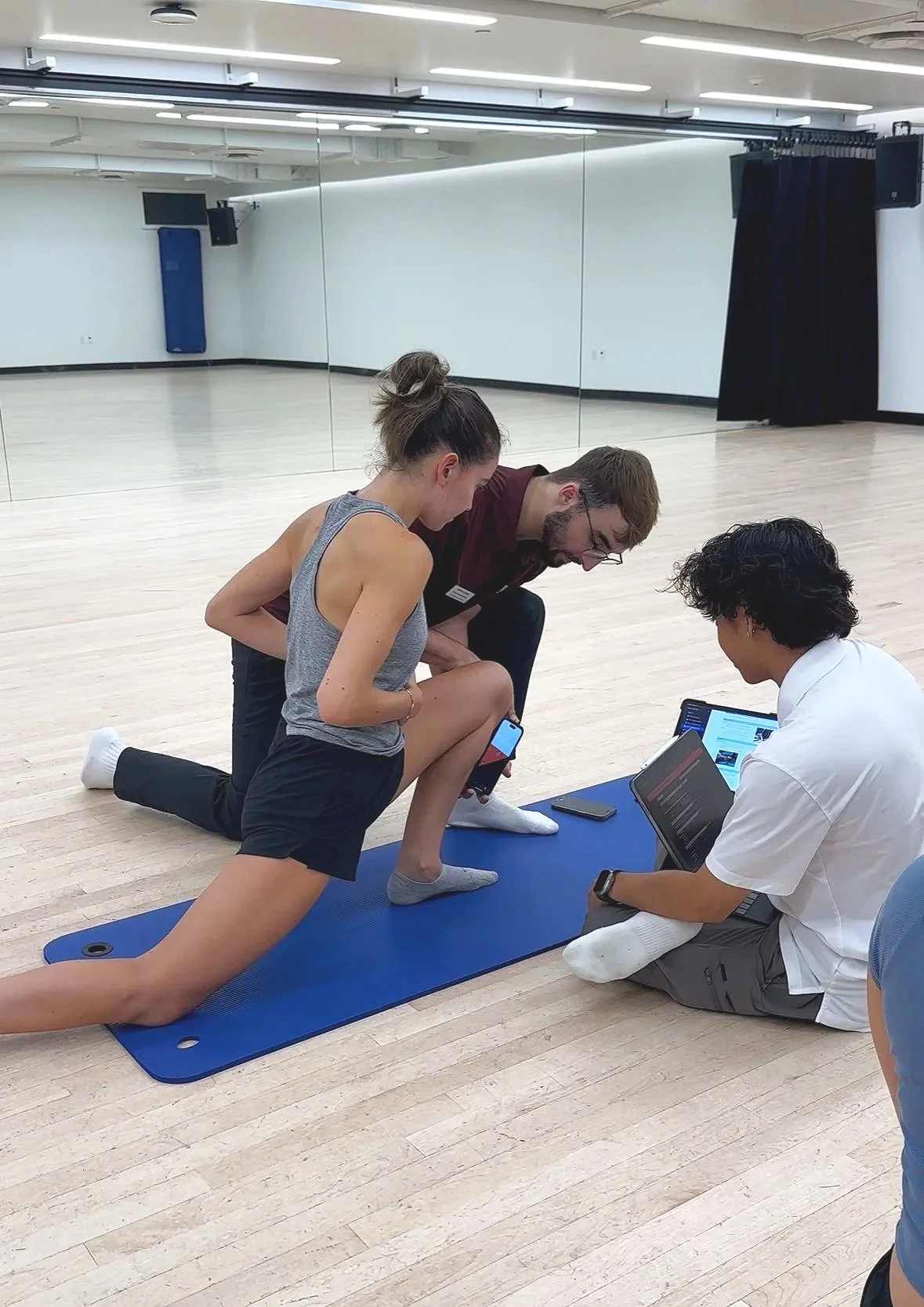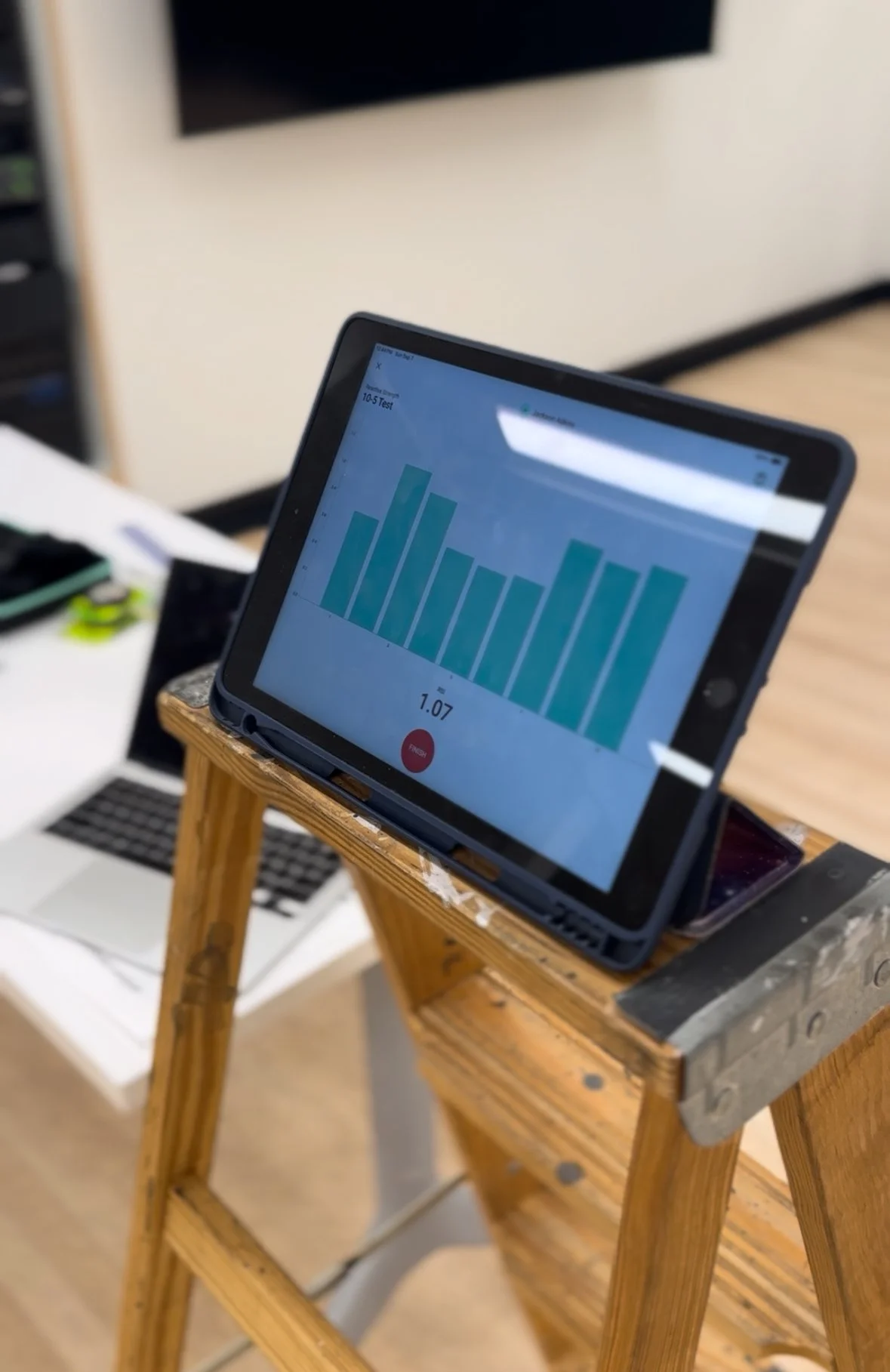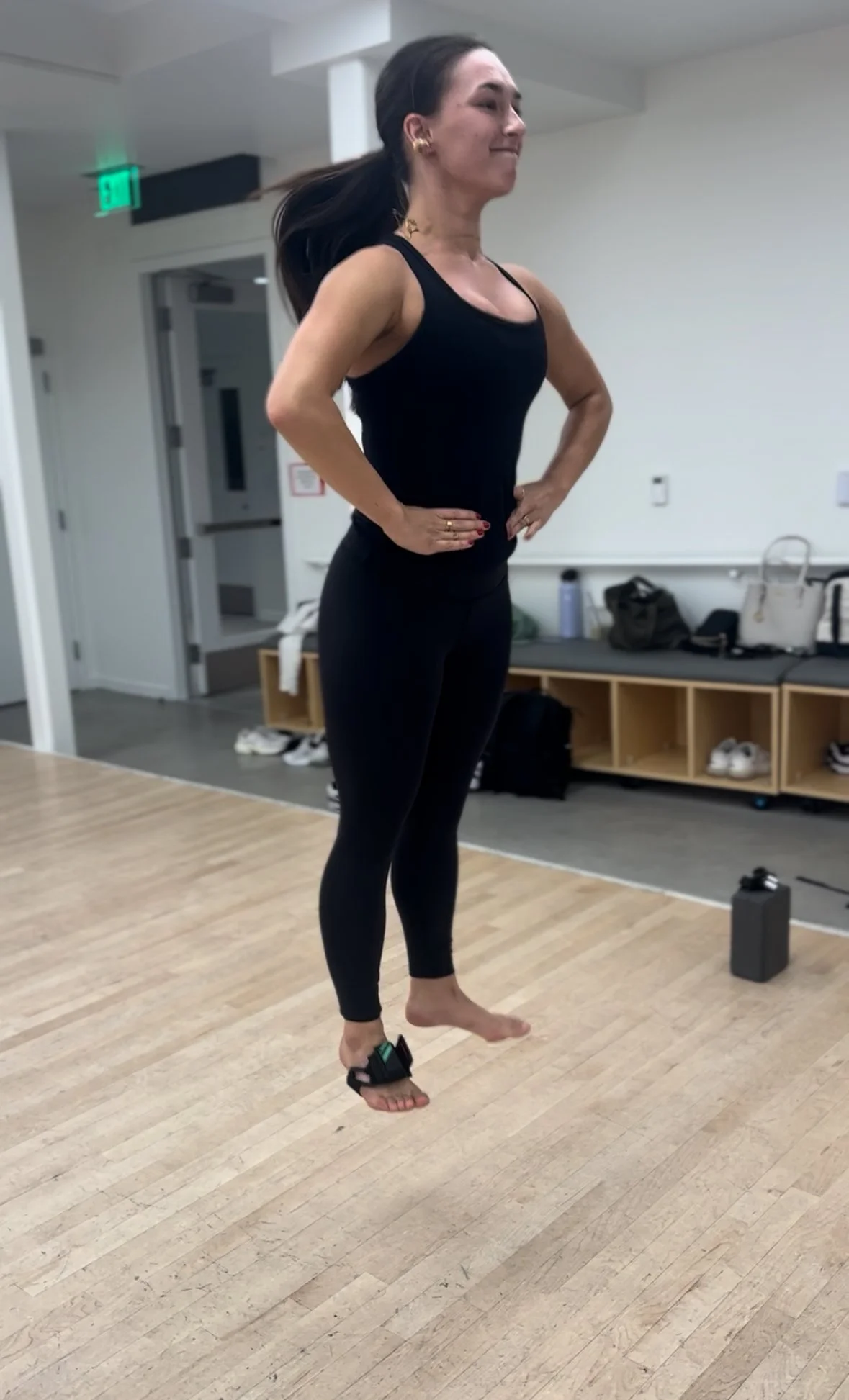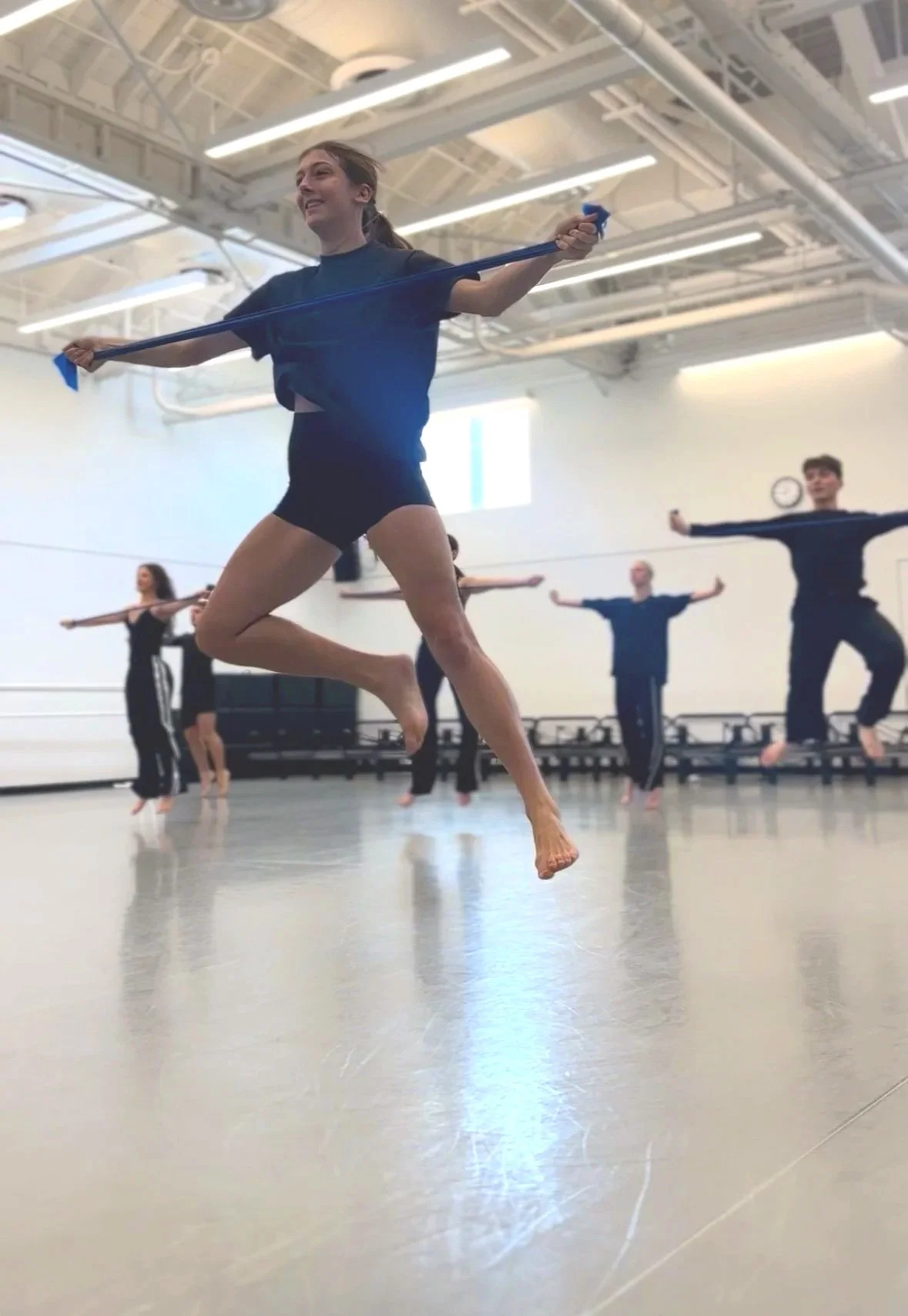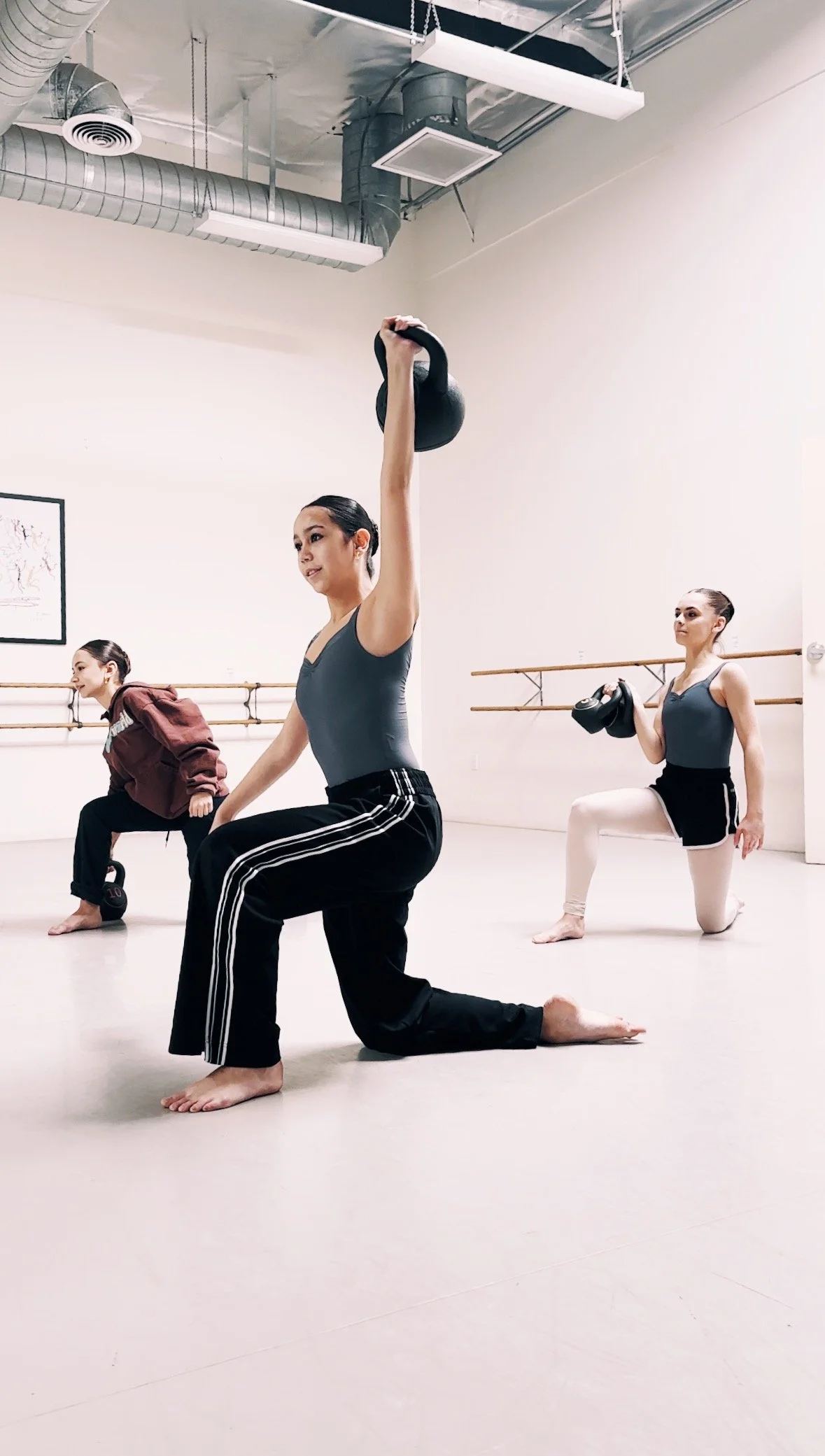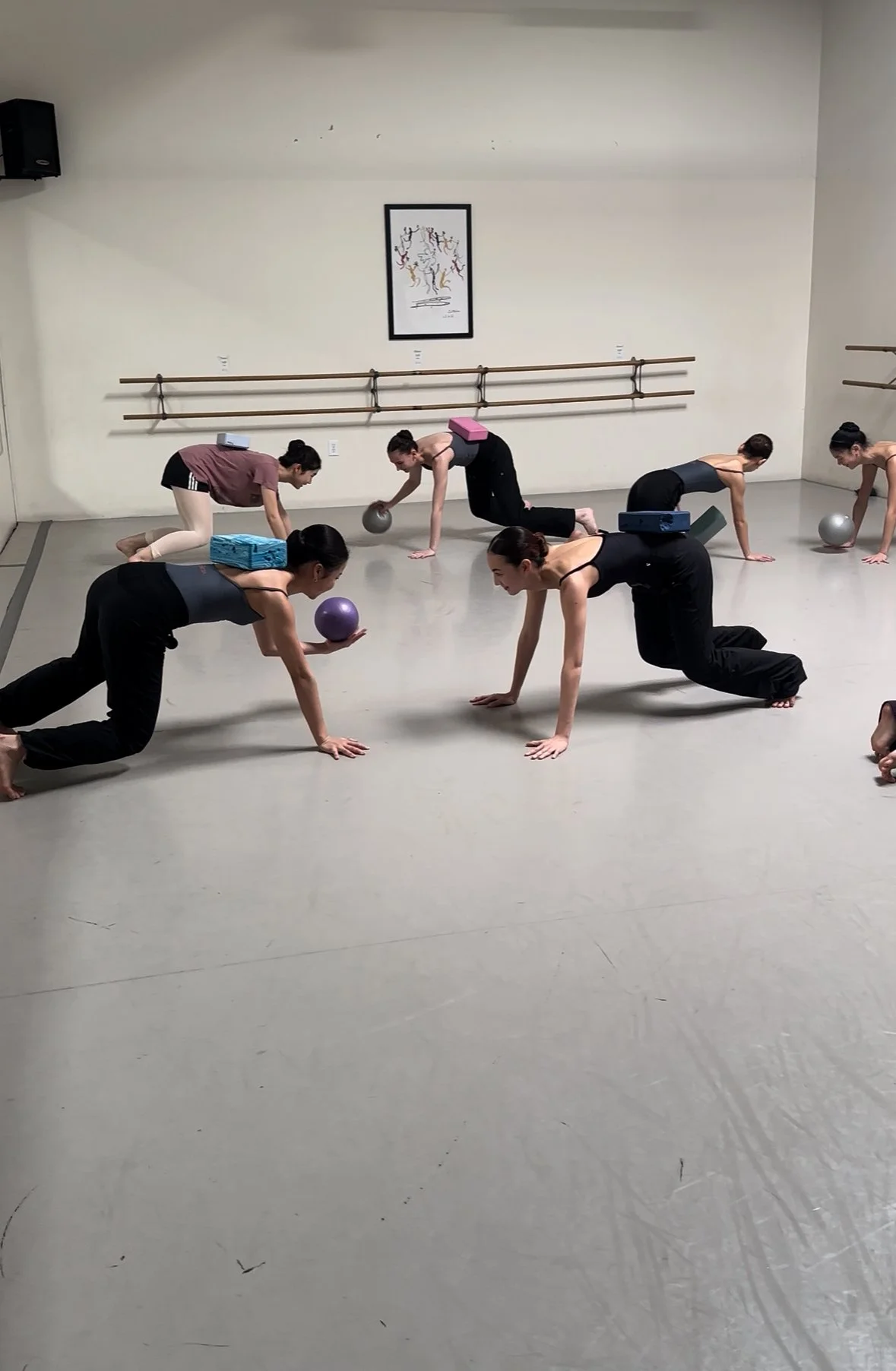PERFORMANCE HEALTH ADVISOR & INTEGRATED PROGRAMMING
I design and facilitate integrated programs that bring education, application, and accountability together to set the stage for a dancer-centered health ecosystem to take root.
In a variety of settings, I am committed to building structures that connect physical therapy principles, strength and conditioning concepts, and dance training realities in a way that is practical, developmentally appropriate, and culturally aligned with the needs of the community
In my personal academic work and alongside DANCE|PREHAB, I have had the opportunity to design, train, pilot, and execute dance health initiatives with integration and dance health longevity for pre-professionals in mind.
Integrated experiences that provide dancers with actionable information while also including community members and physical therapy students in the process.
American Ballet Theatre William J Gillespie School
Costa Mesa, CA
Developed and led a comprehensive health screening program for ballet students to serve as an entry point for growth and maturation conversations, education on fundamental movement patterns with respect to growth/maturation and simultaneous rigorous dance performance training, and collaboration with administration and faculty. long-term wellness.
Key components included:
Screening design & implementation that honors dancers’ training with respect to growth and development.
Training volunteer physical therapy students to administer tests and measures reliably.
Organizing and delivering results in clear formats for students, administrators, and parents.
Ongoing collaboration with strength and conditioning educators to ensure adherence and progress.
Seasonal health lectures and educational sessions to reinforce awareness and long-term dancer wellness.
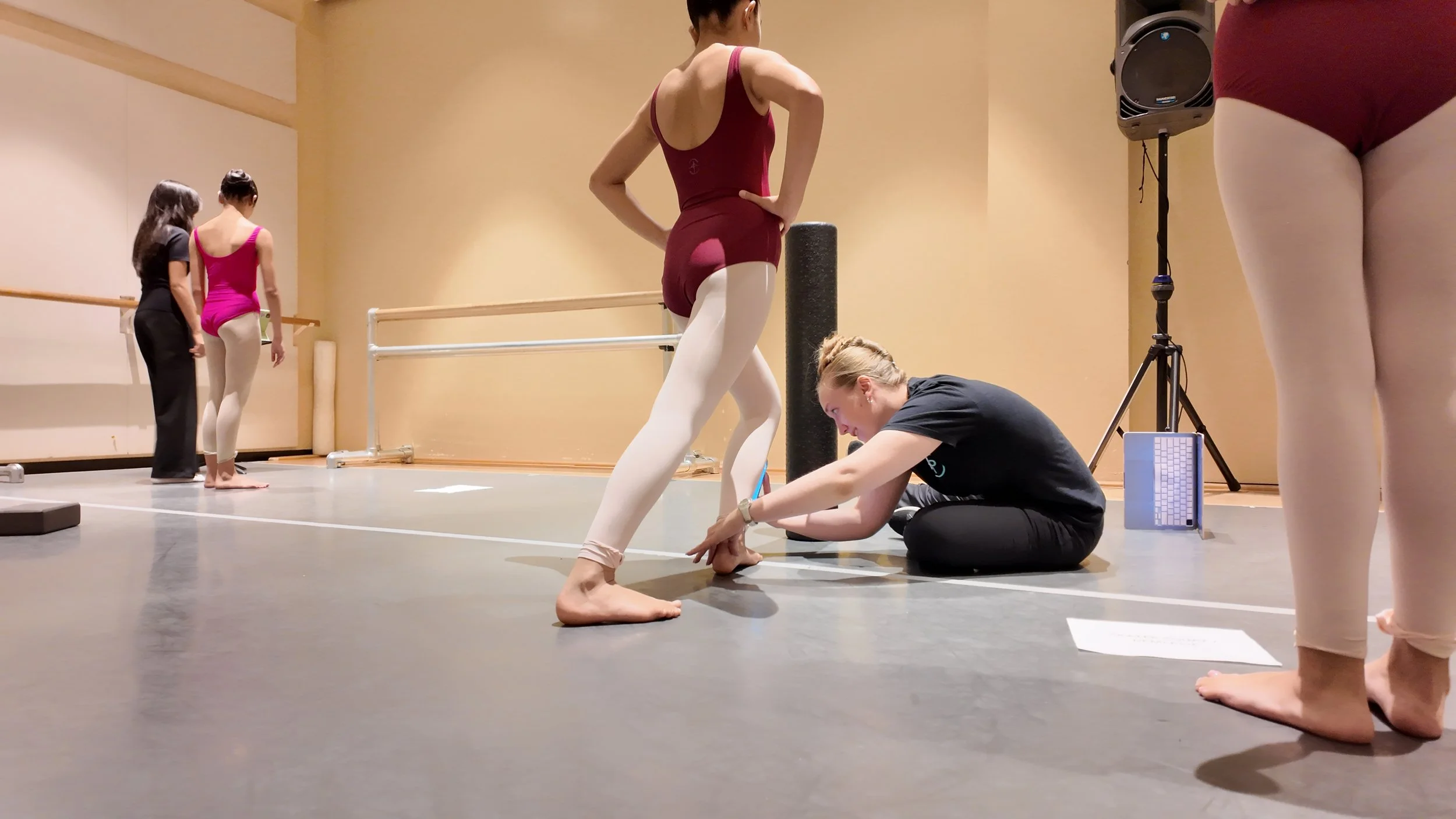

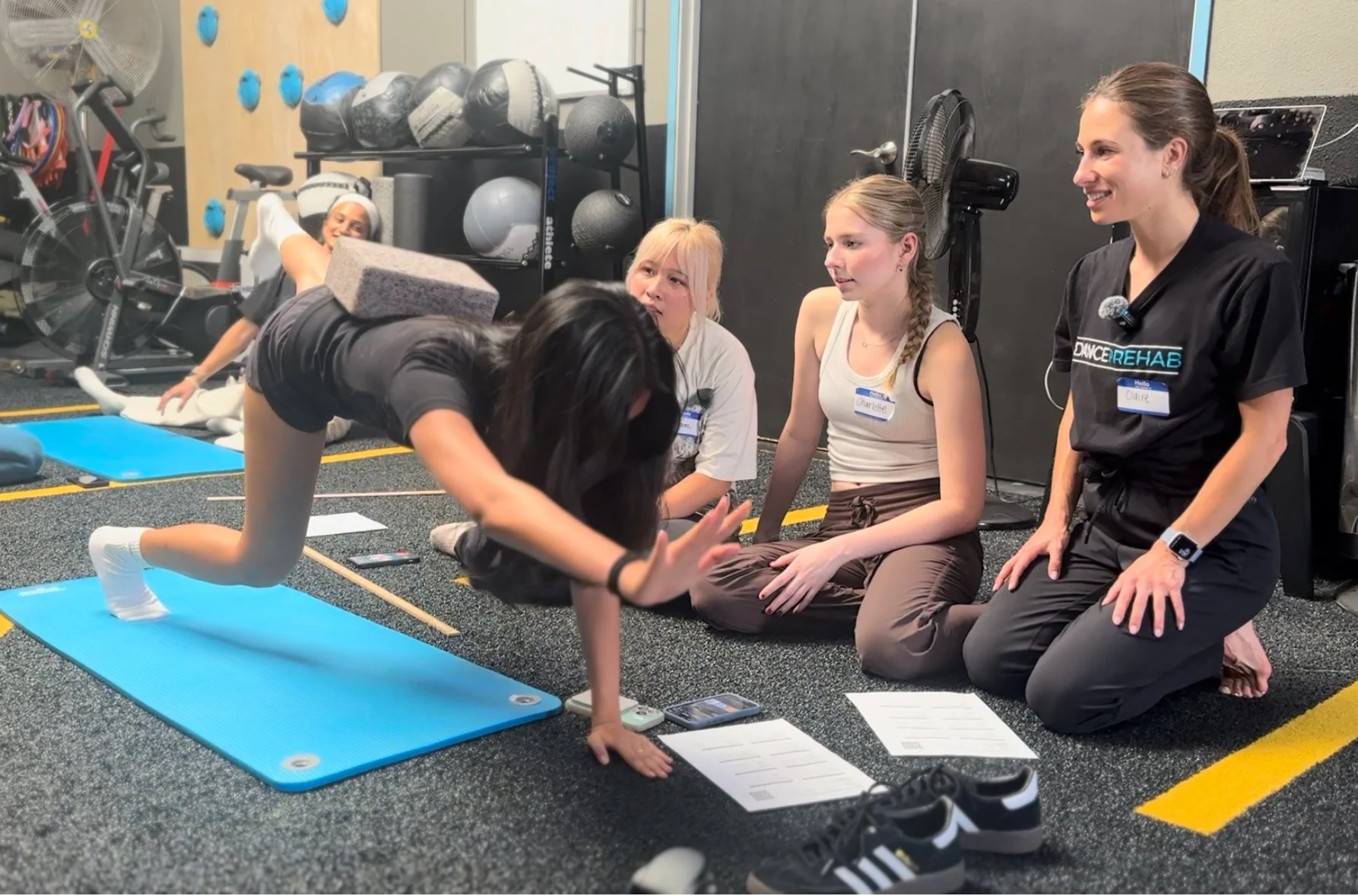
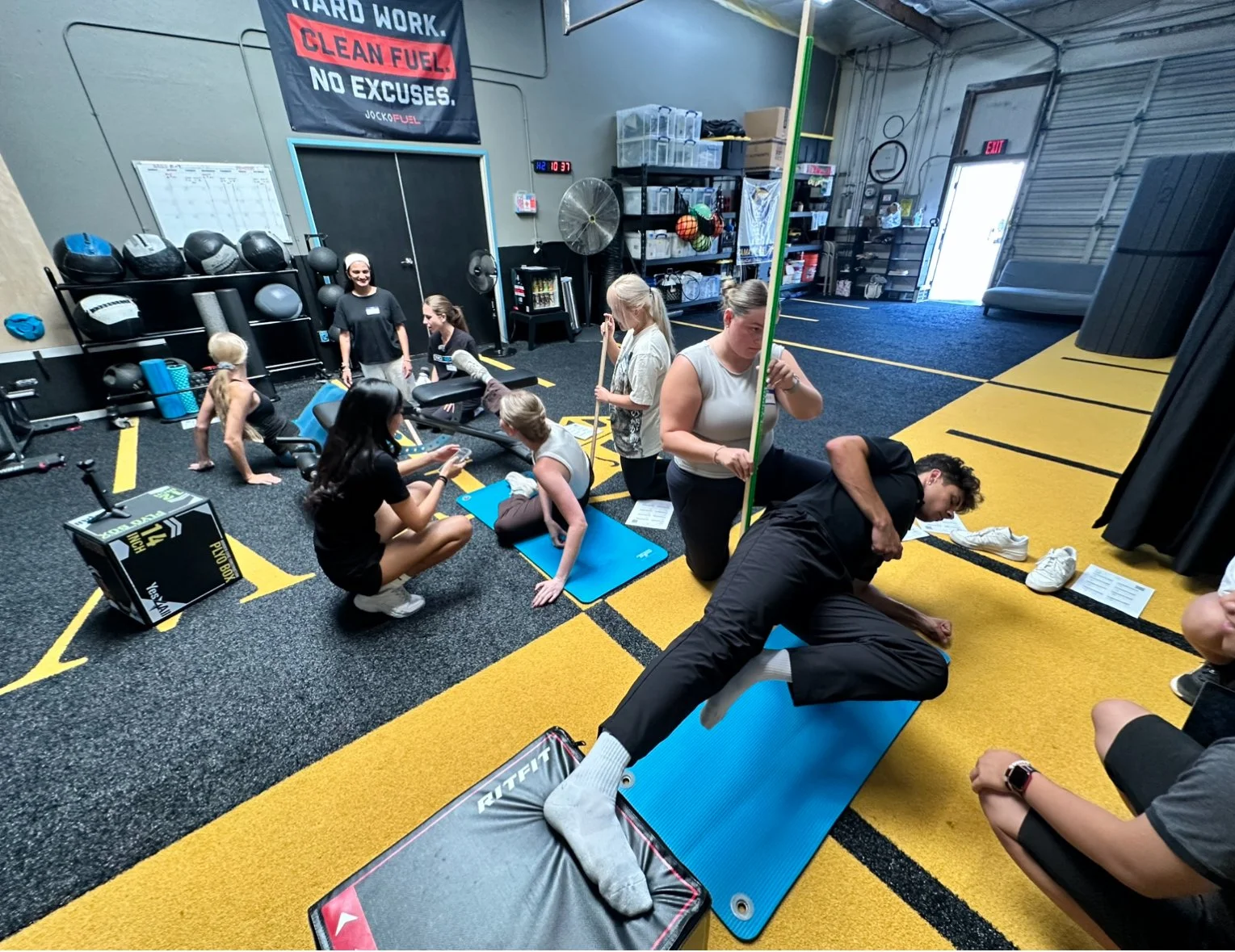
Chapman University (Department of Physical Therapy & Department of Dance)
Orange, CA
Redesigned the community clinic component of Chapman University’s service-learning course into a collaborative program between the Department of Dance and the Department of Physical Therapy. This experience provides PT students with hands-on experience working with a unique population to inform their future practice, while also providing dance students actionable education and training tailored to the specific demands of upcoming performances.
Testing protocols and training programs based on 1) “Steps in the Street” by Martha Graham and 2) technique considerations of new work by Complexions’ Dwight Rhoden.
Key components included:
Redesigned community clinic learning experience to serve both PT and dance students.
Facilitated collaboration between Dance and PT departments to integrate performance health into curriculum.
Consultation with Martha Graham company stager to align experience, and student training goals with choreographic and aesthetic demands.
For physical therapy students:
Expanding communication skills to provide contextual and meaningful health care experiences by working with dance artists as a unique population.
Introduction of a variety of testing and assessment techniques, leveraging available technology and wearables, with direct application. For dance
Goal: Embed physical therapy students in a novel learning environment to challenge clinical and communication skills for enhanced patient/client outcomes.
For dance students:
Delivery of education and ongoing exercise program for performance preparation and injury risk reduction.
Focus for dancers: understanding the demands of performance with a follow-up group training sessions, reassessments, and ongoing exercise program to emphasize context of performance testing.
Goal: improve dancers’ performance parameters prior to setting the piece, minimizing injury risk and enhancing physical performance baselines.
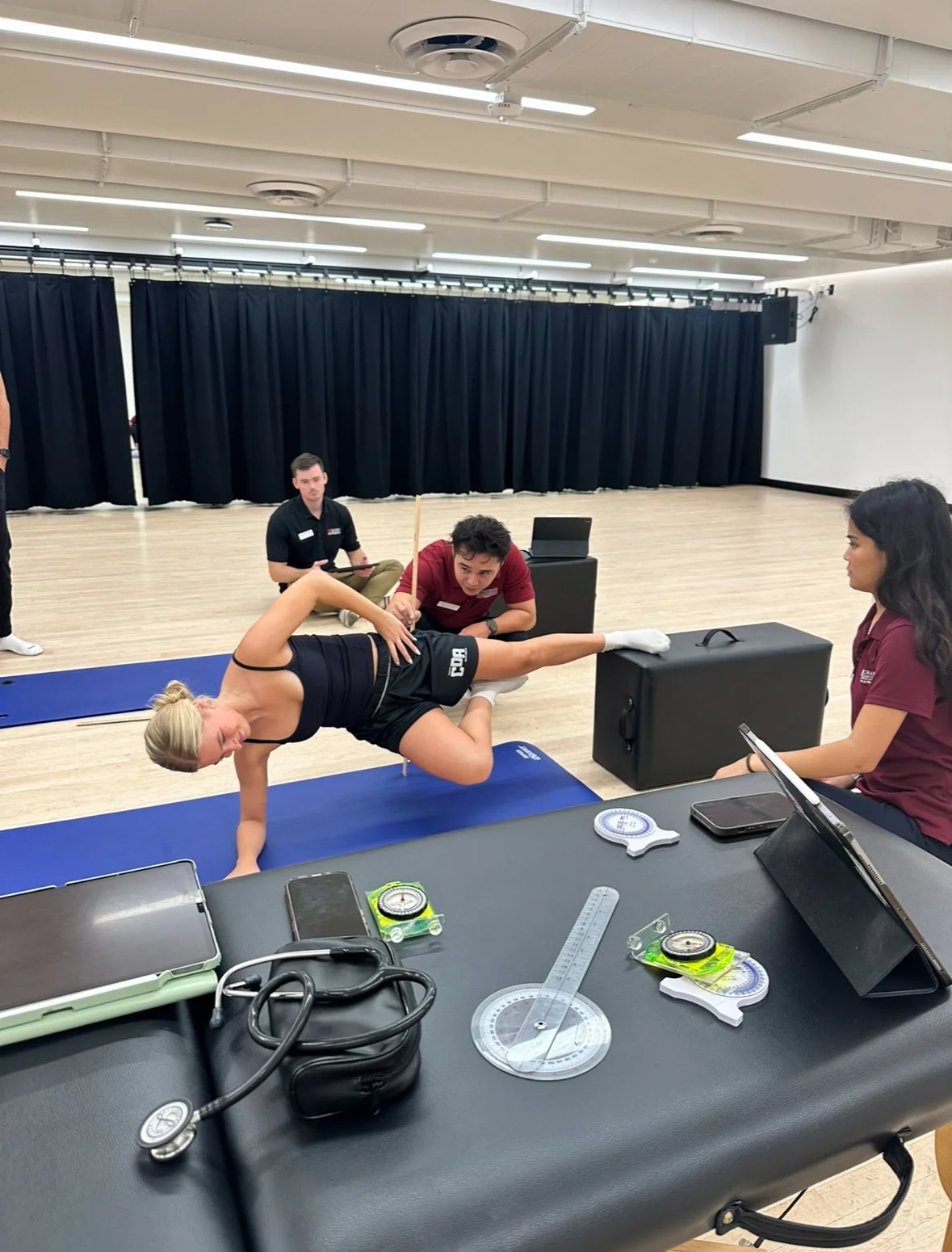
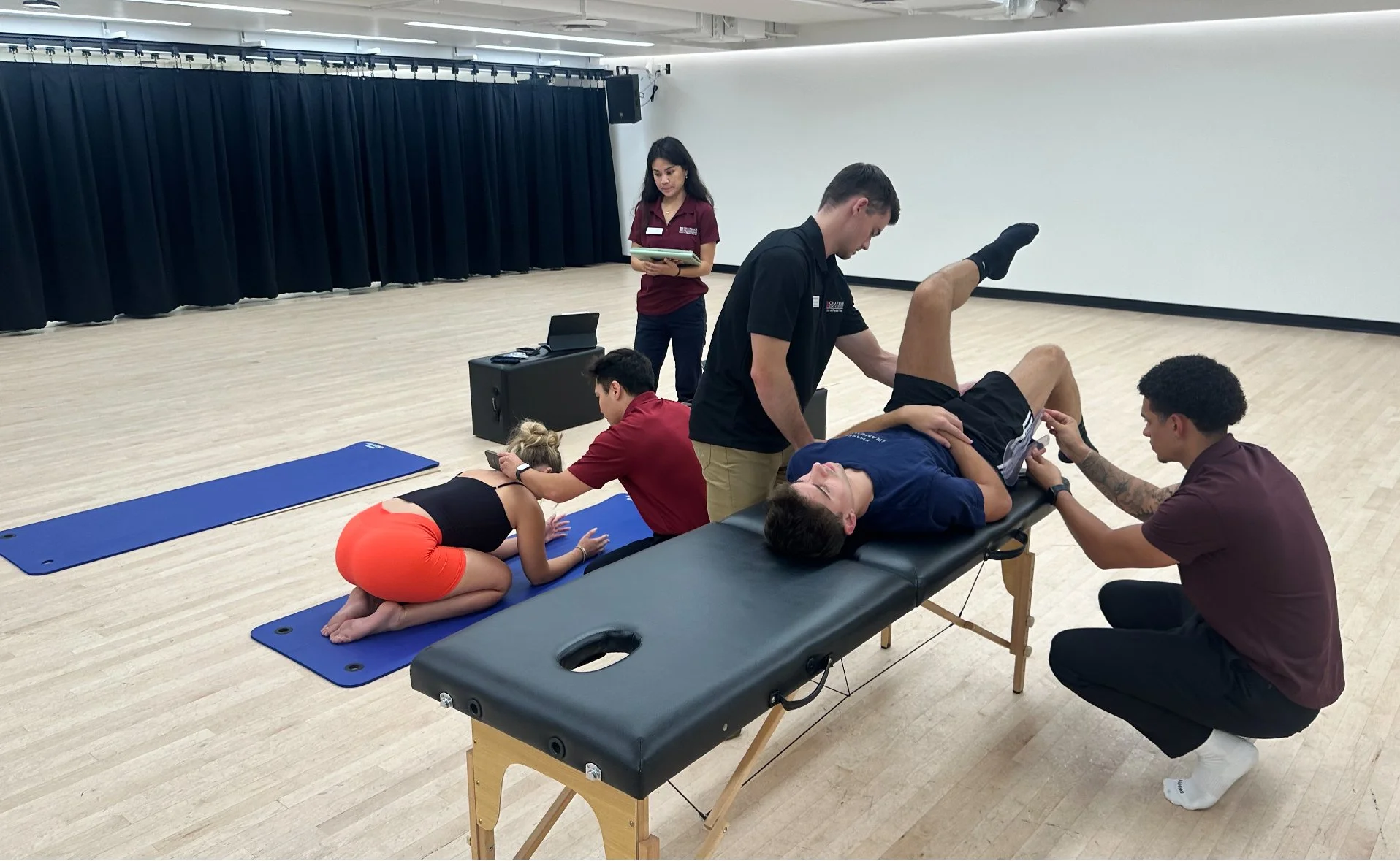

Dmitri Kulev Classical Ballet Academy | Laguna Hills, CA
Developed and integrated a year-round health and performance initiative that supports youth and adolescent ballet dancers through the nuanced interplay of rigorous classical training and human developmental change. This program embeds health and wellness principles directly into the academy’s curriculum, providing a consistent space to help young dancers navigate growth, increasing technical demands, and seasonal performance pressures with clarity and confidence.
Key components include:
Weekly strength and conditioning classes paired with health education that is contextual to the season and its demands, such as Nutcracker in the fall, spring competitions, and fluctuating training loads.
Regular communication with teachers and administrators to support decision-making around injury management, load adjustments, and dancer readiness.
Establishing a trusted resource hub for teachers, parents, and dancers—ensuring continuity in standards of care whether dancers seek support through DANCE|PREHAB or with providers outside the immediate community.
Bridging communication and clinical understanding, helping the academy set a preliminary foundation for a structured and supportive environment where dancer wellness, performance, and long-term sustainability are held with equal priority.

